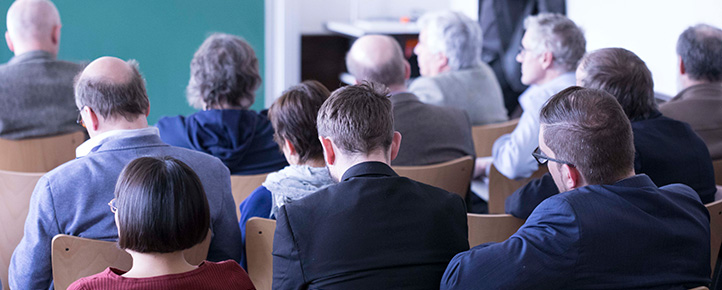Benedikt Grothe: The dynamic and context dependent representations of sound position in the mammalian auditory cortex
| When |
Nov 30, 2022
from 12:15 PM to 01:00 PM |
|---|---|
| Where | Bernstein Center Freiburg, Hansastr. 9a, Lecture Hall. Hybrid Format via Zoom. Meeting ID and password will be sent with e-mail invitation. You can also contact Fiona Siegfried for Meeting ID and password. |
| Contact Name | Fiona Siegfried |
| Add event to calendar |
|
Abstract
The perception of a sound’s spatial location must be computed and processed entirely within the brain, as space is not mapped onto the auditory epithelium. Interestingly, and in contrast to birds, mammals compute no topographical map of space along the early canonical auditory hierarchy. It, is, however, still debated how auditory space is neuronally represented at higher levels of the mammalian auditory system.
On the one hand, the two-channel hypothesis is primarily based on auditory brainstem studies and states that in mammals, spatial information is not encoded via labeled-line projections as in the bird brainstem but rather encoded in the general firing rates of large, opposing, hemispheric channels. On the other hand, there is circumstantial evidence for cortical neurons responding to frontal locations only as well as human EEG studies postulating a third (central) channel. To investigate this apparent contradiction, we employed repeated two-photon calcium imaging in the AC of awake and anesthetized mice and probed the spatial tuning of the same hundreds of neurons over weeks.
We found that evoked responses were generally stronger under awake conditions (consistent with previous studies), but also that spatial tuning toward the front of the animal was specifically suppressed under anesthesia. Spatial tuning of individual neurons changed from session to session, but the population as a whole remained predominantly stable. These findings indicate that the information from the two ears is initially contrasted in the brainstem into a two-channel system which, at the level of the cortex is then differentiated into a dynamic representation of all positions in space.


